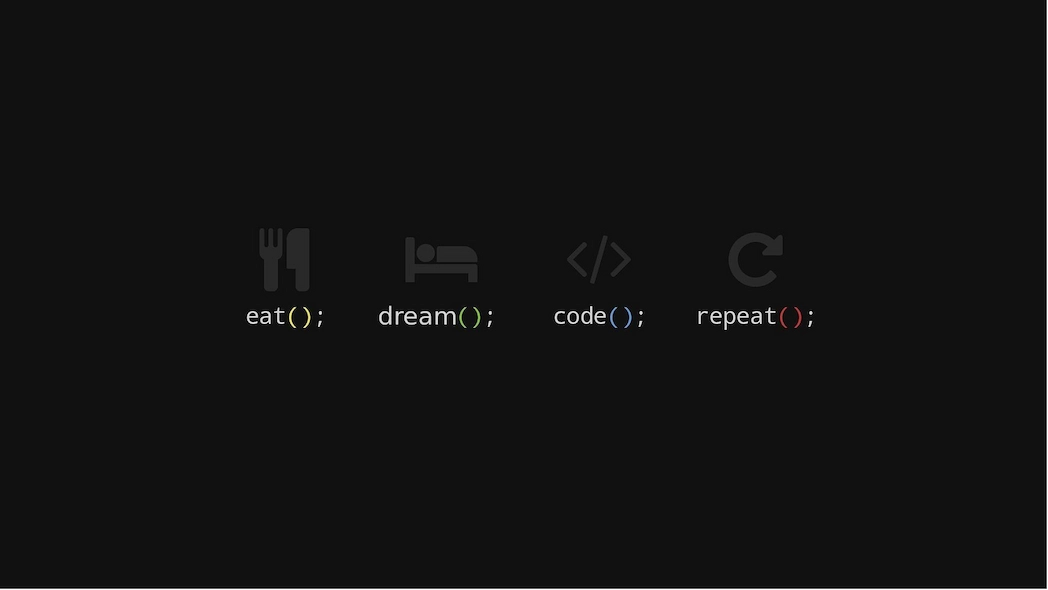


A Nested Set is a data structure used to store hierarchical data, such as tree structures (e.g., organizational hierarchies, category trees), in a flat, relational database table. This method provides an efficient way to store hierarchies and optimize queries that involve entire subtrees.
Left and Right Values: Each node in the hierarchy is represented by two values: the left (lft) and the right (rgt) value. These values determine the node's position in the tree.
Representing Hierarchies: The left and right values of a node encompass the values of all its children. A node is a parent of another node if its values lie within the range of that node's values.
Consider a simple example of a hierarchical structure:
1. Home
1.1. About
1.2. Products
1.2.1. Laptops
1.2.2. Smartphones
1.3. ContactThis structure can be stored as a Nested Set as follows:
| ID | Name | lft | rgt |
| 1 | Home | 1 | 12 |
| 2 | About | 2 | 3 |
| 3 | Products | 4 | 9 |
| 4 | Laptops | 5 | 6 |
| 5 | Smartphones | 7 | 8 |
| 6 | Contact | 10 | 11 |
Finding All Children of a Node: To find all children of a node, you can use the following SQL query:
SELECT * FROM nested_set WHERE lft BETWEEN parent_lft AND parent_rgt;Example: To find all children of the "Products" node, you would use:
SELECT * FROM nested_set WHERE lft BETWEEN 4 AND 9;Finding the Path to a Node: To find the path to a specific node, you can use this query:
SELECT * FROM nested_set WHERE lft < node_lft AND rgt > node_rgt ORDER BY lft;Example: To find the path to the "Smartphones" node, you would use:
SELECT * FROM nested_set WHERE lft < 7 AND rgt > 8 ORDER BY lft;The Nested Set Model is particularly useful in scenarios where data is hierarchically structured, and frequent queries are performed on subtrees or the entire hierarchy.
Least Frequently Used (LFU) is a concept in computer science often applied in memory and cache management strategies. It describes a method for managing storage space where the least frequently used data is removed first to make room for new data. Here are some primary applications and details of LFU:
Cache Management: In a cache, space often becomes scarce. LFU is a strategy to decide which data should be removed from the cache when new space is needed. The basic principle is that if the cache is full and a new entry needs to be added, the entry that has been used the least frequently is removed first.
Memory Management in Operating Systems: Operating systems can use LFU to decide which pages should be swapped out from physical memory (RAM) to disk when new memory is needed. The page that has been used the least frequently is considered the least useful and is therefore swapped out first.
Databases: Database management systems (DBMS) can use LFU to optimize access to frequently queried data. Tables or index pages that have been queried the least frequently are removed from memory first to make space for new queries.
LFU can be implemented in various ways, depending on the requirements and complexity. Two common implementations are:
Counters for Each Page: Each page or entry in the cache has a counter that increments each time the page is used. When space is needed, the page with the lowest counter is removed.
Combination of Hash Map and Priority Queue: A hash map stores the addresses of elements, and a priority queue (or min-heap) manages the elements by their usage frequency. This allows efficient management with an average time complexity of O(log n) for access, insertion, and deletion.
While LRU (Least Recently Used) removes data that hasn't been used for the longest time, LFU (Least Frequently Used) removes data that has been used the least frequently. LRU is often simpler to implement and can be more effective in scenarios with cyclical access patterns, whereas LFU is better suited when certain data is needed more frequently over the long term.
In summary, LFU is a proven memory management method that helps optimize system performance by ensuring that the most frequently accessed data remains quickly accessible while less-used data is removed.
In computer science, idempotence refers to the property of certain operations whereby applying the same operation multiple times yields the same result as applying it once. This property is particularly important in software development, especially in the design of web APIs, distributed systems, and databases. Here are some specific examples and applications of idempotence in computer science:
HTTP Methods:
Database Operations:
UPDATE users SET last_login = '2024-06-09' WHERE user_id = 1;. Executing this statement multiple times changes the last_login value only once, no matter how many times it is executed.Distributed Systems:
Functional Programming:
Ensuring the idempotence of operations is crucial in many areas of computer science because it increases the robustness and reliability of systems and reduces the complexity of error handling.